Name George Enescu Children Elena Dinu | Role Composer | |
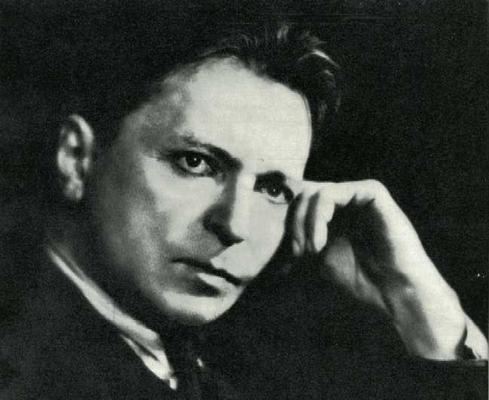 | ||
Spouse Maria Rosetti (m. 1939–1955) Books Cantabile and Presto, for Flute and Piano Compositions Romanian Rhapsodies, Romanian Rhapsodies, Œdipe, Œdipe, Vox Maris, Vox Maris, Romanian Rhapsody No 1, Romanian Rhapsody No 1, Octet, Octet, Legende, Legende, Serenade lointaine, Serenade lointaine, Symphony No 1, Symphony No 1, Languir me fais, Languir me fais, Impressions d’enfance - op 28, Impressions d’enfance - op 28, Konzertstuck fur Viola und Klavier, Konzertstuck fur Viola und Klavier, Airs dans le genre roumain, Airs dans le genre roumain, Hora Unirei, Hora Unirei, Symphonie concertante in B-flat minor - op 8: II Tempo I -, Symphonie concertante in B-flat minor - op 8: II Tempo I -, Œdipe - op 23: Act II - Scene 3: De l'aurore a l'aurore (Watchman - Oedipus - Sphinx), Œdipe - op 23: Act II - Scene 3: De l'aurore a l'aurore (Watchman - Oedipus - Sphinx), Suite no 1 in G minor for piano - op 3: I Prelude, Suite no 1 in G minor for piano - op 3: I Prelude, Lieduri pentru tenor si pian - op 15 „Sept chansons de Clement Marot”: Present du couleur blanche, Lieduri pentru tenor si pian - op 15 „Sept chansons de Clement Marot”: Present du couleur blanche, Œdipe - op 23: Act I Prologue: Les Dieux ont beni l'enfant (High Priest - Jocasta - Laius - Tiresias - Chorus), Œdipe - op 23: Act I Prologue: Les Dieux ont beni l'enfant (High Priest - Jocasta - Laius - Tiresias - Chorus), Octuor en ut majeur - op 7: II Tres fougueux, Octuor en ut majeur - op 7: II Tres fougueux, Lieduri pentru tenor si pian - op 15 „Sept chansons de Clement Marot”: Estrenne de la Rose, Lieduri pentru tenor si pian - op 15 „Sept chansons de Clement Marot”: Estrenne de la Rose, Sonata no 2 for Piano and Violin - op 6: II Tranquillement, Sonata no 2 for Piano and Violin - op 6: II Tranquillement, Œdipe - op 23: Act II - Scene 1: Pourquoi trembler - mon fils ? (Merope - Oedipus), Œdipe - op 23: Act II - Scene 1: Pourquoi trembler - mon fils ? (Merope - Oedipus), Suite no 3 in D major - op 27 "Villageoise": Riviere sous la lune, Suite no 3 in D major - op 27 "Villageoise": Riviere sous la lune, Sarabande for violin solo, Sarabande for violin solo, Menuet triste for violin and orchestra, Menuet triste for violin and orchestra, String Quartet no 1 in E-flat major: I Allegro moderato, String Quartet no 1 in E-flat major: I Allegro moderato, Simfonia Nr 1 in Mi bemol major - op 13: III Vif et vigoureux, Simfonia Nr 1 in Mi bemol major - op 13: III Vif et vigoureux, Œdipe - op 23: Act III: Oh ! Oh ! Helas ! Helas ! (Chorus - Oedipus - High Priest - Creon), Œdipe - op 23: Act III: Oh ! Oh ! Helas ! Helas ! (Chorus - Oedipus - High Priest - Creon), Lied pentru voce si pian „Entsagen”, Lied pentru voce si pian „Entsagen”, Lieduri pentru tenor si pian - op 15 „Sept chansons de Clement Marot”: Du conflict en douleur, Lieduri pentru tenor si pian - op 15 „Sept chansons de Clement Marot”: Du conflict en douleur, Simfonia nr 2 in La major - op 17: II Andante giusto, Simfonia nr 2 in La major - op 17: II Andante giusto, Simfonia Nr 3 in Do major - op 21: I Moderato - un poco maestoso, Simfonia Nr 3 in Do major - op 21: I Moderato - un poco maestoso, Œdipe - op 23: Act IV Epilogue: Pere ! Pere ! Creon ! Je vois Creon! (Antigone - Creon - Oedipus - Chorus), Œdipe - op 23: Act IV Epilogue: Pere ! Pere ! Creon ! Je vois Creon! (Antigone - Creon - Oedipus - Chorus), Suita nr 1 pentru orchestra - op 9: IV Final, Suita nr 1 pentru orchestra - op 9: IV Final, Impressions d’enfance - op 28: II Vieux mendiant, Impressions d’enfance - op 28: II Vieux mendiant, Lied pentru voce si pian „Regen”, Lied pentru voce si pian „Regen”, String Quartet no 1 in E-flat major: III Allegretto scherzando - non troppo vivace, String Quartet no 1 in E-flat major: III Allegretto scherzando - non troppo vivace, Lieduri pentru tenor si pian - op 15 „Sept chansons de Clement Marot”: Aux damoyselles paresseuses d'escrire a leurs amys, Lieduri pentru tenor si pian - op 15 „Sept chansons de Clement Marot”: Aux damoyselles paresseuses d'escrire a leurs amys, Suita simfonica in doua parti - op 1 „Poema romana”: partea II, Suita simfonica in doua parti - op 1 „Poema romana”: partea II, Œdipe - op 23: Act III: Qu'entends-je - Œdipe ? (Jocasta - Oedipus - Chorus - Shepherds - Phorbas), Œdipe - op 23: Act III: Qu'entends-je - Œdipe ? (Jocasta - Oedipus - Chorus - Shepherds - Phorbas), Pastorale - Menuet triste et Nocturne: III Nocturne, Pastorale - Menuet triste et Nocturne: III Nocturne, Pastorale - Menuet triste et Nocturne: I Pastorale, Pastorale - Menuet triste et Nocturne: I Pastorale, Piano Quartet no 1 in D major - op 16: I Allegro moderato, Piano Quartet no 1 in D major - op 16: I Allegro moderato, Lieduri pentru tenor si pian - op 15 „Sept chansons de Clement Marot”: Languir me fais, Lieduri pentru tenor si pian - op 15 „Sept chansons de Clement Marot”: Languir me fais, Airs dans le genre roumain: II Allegro giusto, Airs dans le genre roumain: II Allegro giusto, Suite no 1 in G minor for piano - op 3: III Adagio, Suite no 1 in G minor for piano - op 3: III Adagio, Fantaisie concertante for violin solo, Fantaisie concertante for violin solo, Piece pour piano sur le nom de Faure, Piece pour piano sur le nom de Faure, Impressions d’enfance - op 28: VII Lune a travers les vitres, Impressions d’enfance - op 28: VII Lune a travers les vitres, Nocturne "Villa d'Avrayen", Nocturne "Villa d'Avrayen", Lied pentru voce si pian „Armes Magdlein”, Lied pentru voce si pian „Armes Magdlein” Similar People Yehudi Menuhin, Dinu Lipatti, Bela Bartok, Maurice Ravel, Claude Debussy | ||
George enescu rapsodia romana op 2
George Enescu ([ˈd͡ʒe̯ord͡ʒe eˈnesku]; known in France as Georges Enesco; 19 August 1881 – 4 May 1955) was a Romanian composer, violinist, pianist, conductor, and teacher. He is regarded by many as Romania's most important musician.
Contents
- George enescu rapsodia romana op 2
- George enescu ciocarlia tezaur folcloric hq
- Biography
- Reception
- Selected works
- Operas
- Symphonies
- Other orchestral works
- String Quartets
- Sonatas
- Other chamber works
- Piano music
- Songs
- References
George enescu ciocarlia tezaur folcloric hq
Biography
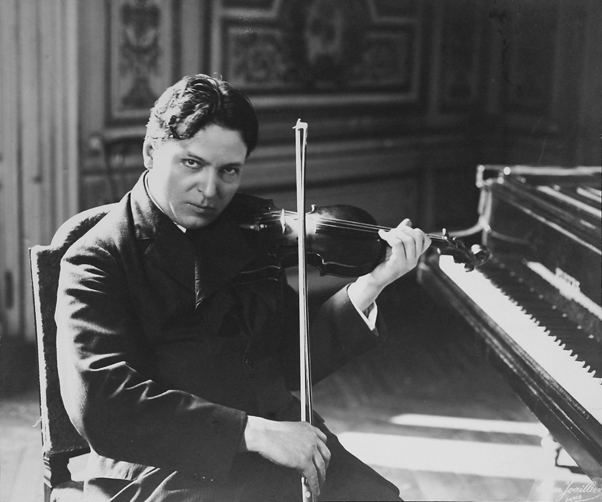
Enescu was born in the village of Liveni (later renamed "George Enescu" in his honor), in Dorohoi County at the time, today Botosani County. He showed musical talent from early in his childhood. A child prodigy, Enescu began experimenting with composing at an early age. Several, mostly very short pieces survive, all of them for violin and piano. The earliest work of significant length bears the title Pamint romanesc ("Romanian Land"), and is inscribed "opus for piano and violin by George Enescu, Romanian composer, aged five years and a quarter". Shortly thereafter, his father presented him to the professor and composer Eduard Caudella. On 5 October 1888, at the age of seven, he became the youngest student ever admitted to the Vienna Conservatory, where he studied with Joseph Hellmesberger, Jr., Robert Fuchs, and Sigismund Bachrich. He was the second person ever admitted to this university by a dispensation of age (there was a regulation that stipulated that no person younger than 14 years could study at the Vienna Conservatory), after only Fritz Kreisler (in 1882, also at the age of seven), and the first non-Austrian.
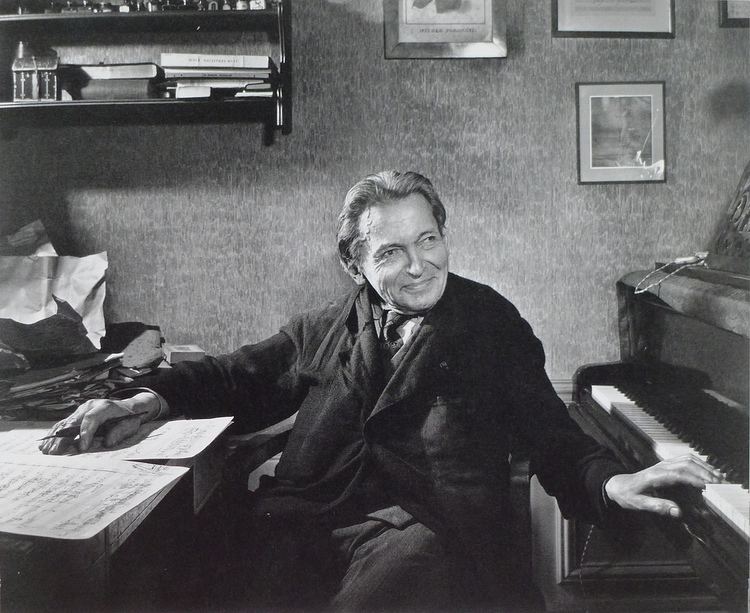
In 1891, the ten-year-old Enescu gave a private concert at the Court of Vienna, in the presence of Emperor Franz Joseph.
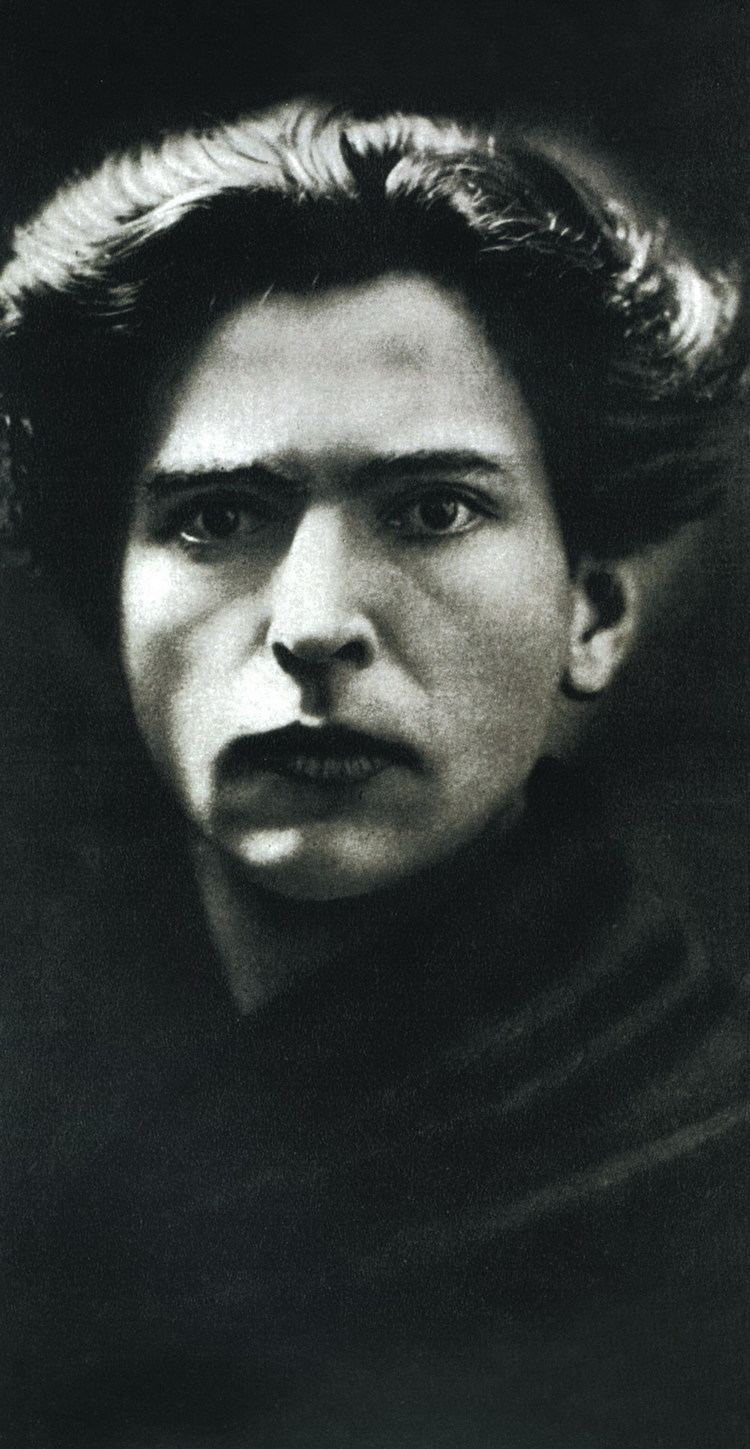
Joseph Hellmesberger, Sr., one of his teachers and the director of the Vienna Conservatory, hosted Enescu at his home, a place where the child prodigy met his idol, Johannes Brahms.
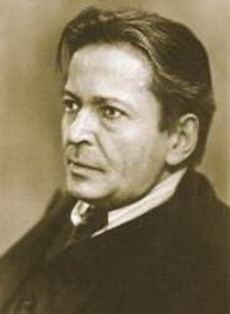
He graduated before his 13th birthday, earning the silver medal. In his Viennese concerts young Enescu played works by Brahms, Sarasate and Mendelssohn. In 1895 he went to Paris to continue his studies. He studied violin with Martin Pierre Marsick, harmony with Andre Gedalge, and composition with Jules Massenet and Gabriel Faure.
Enescu then studied from 1895 to 1899 at the Conservatoire de Paris. Andre Gedalge said that he was "the only one [among his students] who truly had ideas and spirit".
On 6 February 1898, at the age of only 16, George Enescu presented in Paris his first mature work, Poema Romana, played by the Colonne Orchestra (at the time, one of the most prestigious in the world) and conducted by Edouard Colonne.
Many of Enescu's works were influenced by Romanian folk music, his most popular compositions being the two Romanian Rhapsodies (1901–2), the opera Œdipe (1936), and the suites for orchestra. He also wrote five symphonies (two of them unfinished), a symphonic poem Vox maris, and much chamber music (three sonatas for violin and piano, two for cello and piano, a piano trio, two string quartets and two piano quartets, a wind decet (French, "dixtuor"), an octet for strings, a piano quintet, and a chamber symphony for twelve solo instruments). A young Ravi Shankar recalled in the 1960s how Enescu, who had developed a deep interest in Oriental music, rehearsed with Shankar's brother Uday Shankar and his musicians. Around the same time, Enescu took the young Yehudi Menuhin to the Colonial Exhibition in Paris, where he introduced him to the Gamelan Orchestra from Indonesia.
On 8 January 1923 he made his American debut as a conductor in a concert given by the Philadelphia Orchestra at Carnegie Hall in New York City, and he subsequently made frequent returns to the United States. It was in America, in the 1920s, that Enescu was first persuaded to make recordings as a violinist. He also appeared as a conductor with many American orchestras, and in 1936 he was one of the candidates considered to replace Arturo Toscanini as permanent conductor of the New York Philharmonic. In 1935, he conducted the Orchestre Symphonique de Paris and Yehudi Menuhin (who had been his pupil for several years starting in 1927) in Mozart's Violin Concerto No. 3 in G major. He also conducted the New York Philharmonic between 1937 and 1938. In 1939 he married Maria Rosetti (known as the Princess Cantacuzino through her first husband Mihail Cantacuzino), a good friend of Queen Marie of Romania. While staying in Bucharest, Enescu lived in the Cantacuzino Palace on Calea Victoriei (now the George Enescu Museum, dedicated to his work).
He lived in Paris and in Romania, but after World War II and the Soviet occupation of Romania, he remained in Paris.
He was also a noted violin teacher. Yehudi Menuhin, Christian Ferras, Ivry Gitlis, Arthur Grumiaux, Serge Blanc, Ida Haendel and Joan Field were among his pupils. He promoted contemporary Romanian music, playing works of Constantin Silvestri, Mihail Jora, Ionel Perlea and Martian Negrea. Enescu considered Bach's Sonatas and Partitas for solo violin as the "Himalayas of violinists". An annotated version of this work brings together the indications of Enescu regarding sonority, phrasing, tempos, musicality, fingering and expression.
On his death in 1955, George Enescu was interred in Pere Lachaise Cemetery in Paris.
Today, Bucharest houses a museum in his memory; likewise, the Symphony Orchestra of Bucharest and the George Enescu Festival—founded by his friend, musical advocate, and sometime collaborator, the conductor George Georgescu—are named and held in his honor. Recently, Bacau International Airport was named George Enescu International Airport.
Reception
Pablo Casals described Enescu as "the greatest musical phenomenon since Mozart" and "one of the greatest geniuses of modern music". Queen Marie of Romania wrote in her memoirs that "in George Enescu was real gold". Yehudi Menuhin, Enescu's most famous pupil, once said about his teacher: "He will remain for me the absoluteness through which I judge others. [...] Enescu gave me the light that has guided my entire existence." He also considered Enescu "the most extraordinary human being, the greatest musician and the most formative influence" he had ever experienced. Vincent d'Indy claimed that if Beethoven's works were destroyed, they could be all reconstructed from memory by George Enescu. Alfred Cortot, one of the greatest pianists of all time, once said that Enescu, though primarily a violinist, had better piano technique than his own.
Eugene Ysaye's Solo Violin Sonata No. 3 "Ballade" was dedicated to Enescu.
Selected works
For a complete list, see List of compositions by George Enescu.Operas
Symphonies
Other orchestral works
String Quartets
Sonatas
Other chamber works
Piano music
Songs
Three songs setting Lemaitre and Prudhomme Four songs setting Fernand Gregh In German: Various settings of Carmen Silva (Queen Elisabeth of Romania) In Romanian - 3 songs
